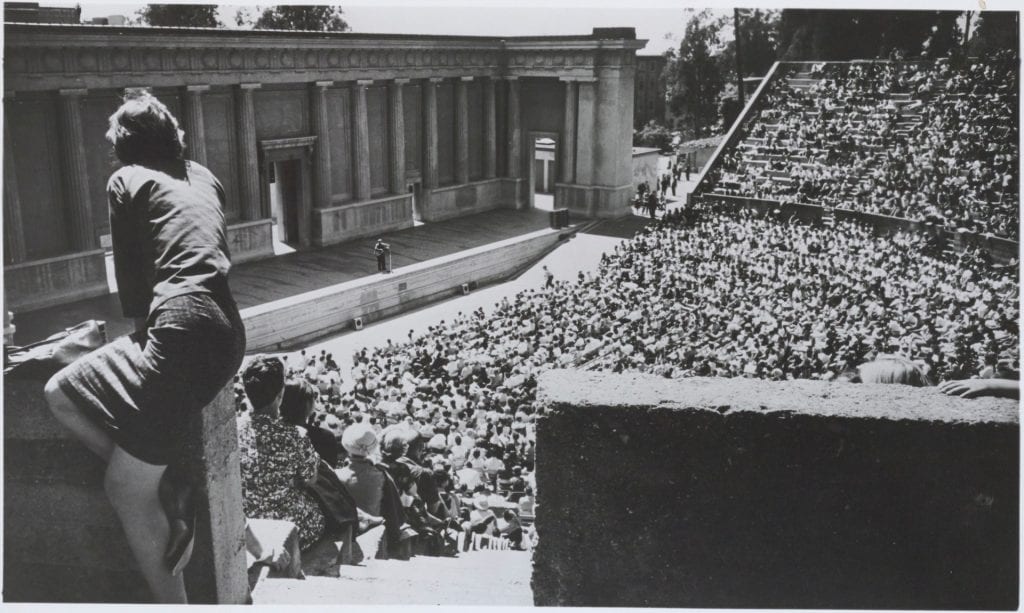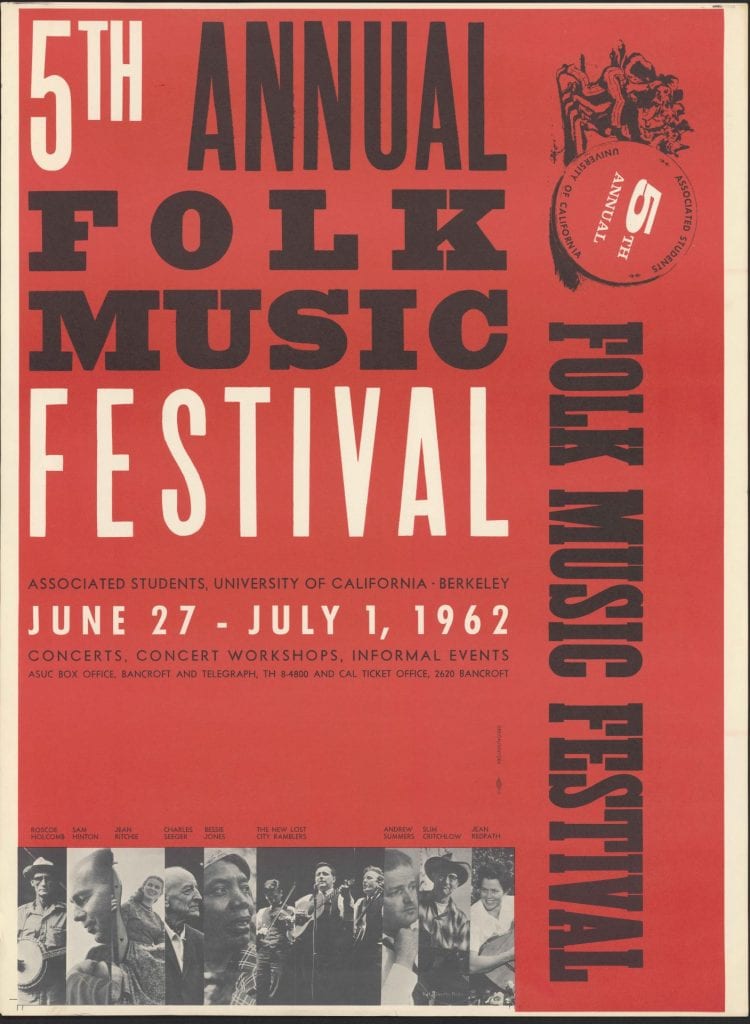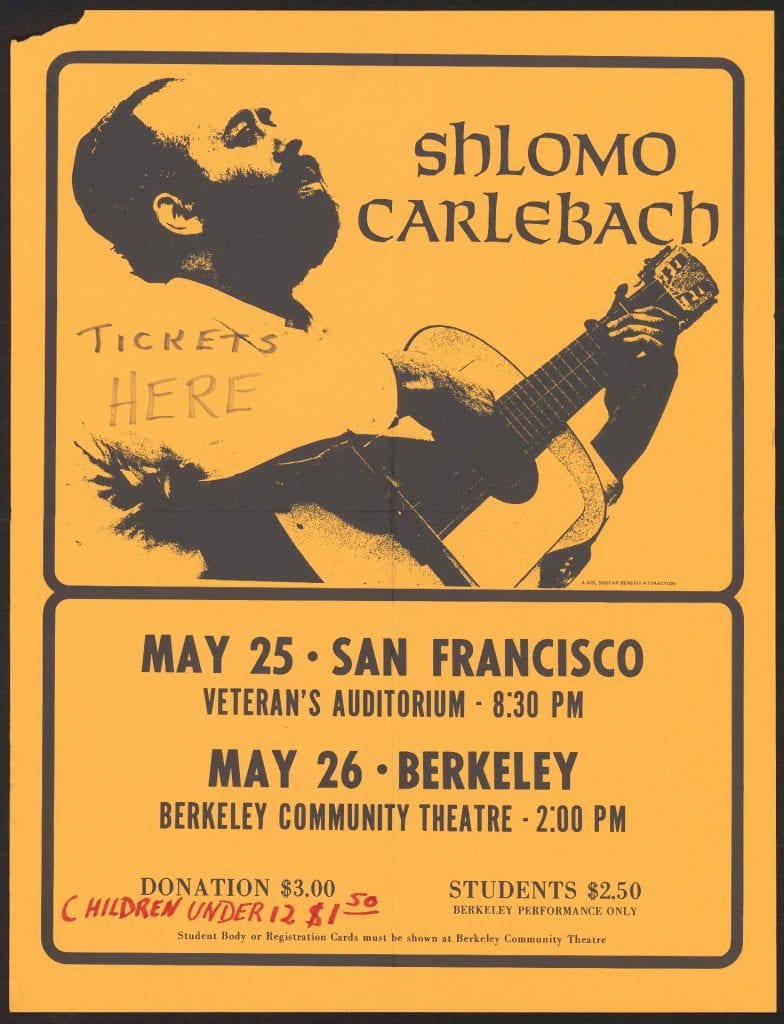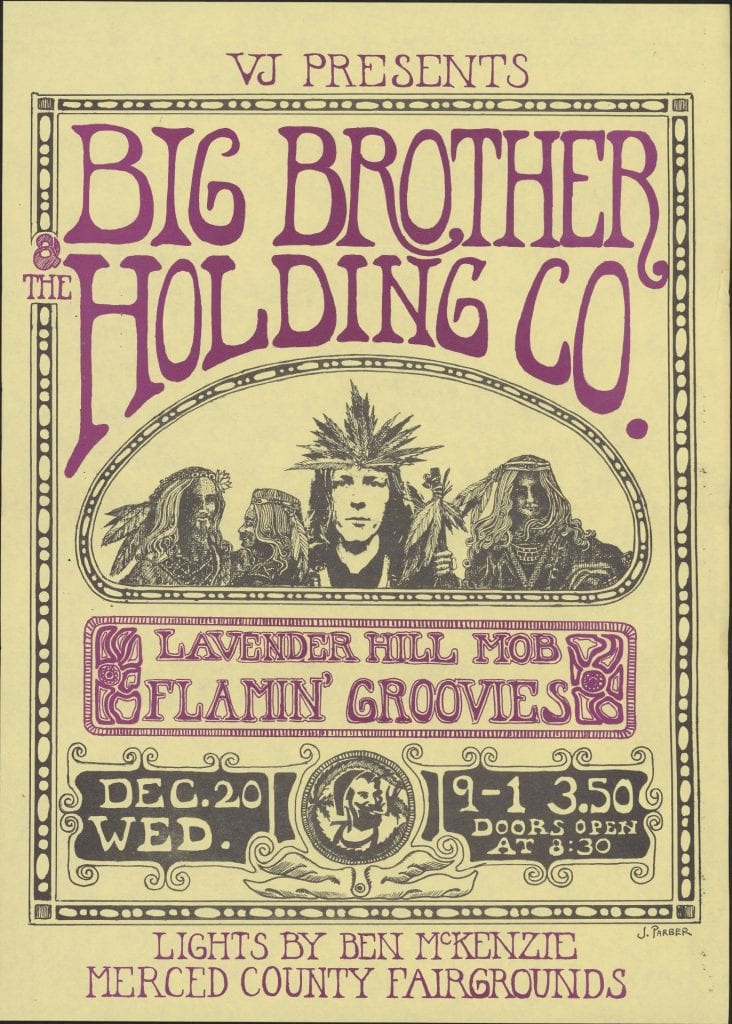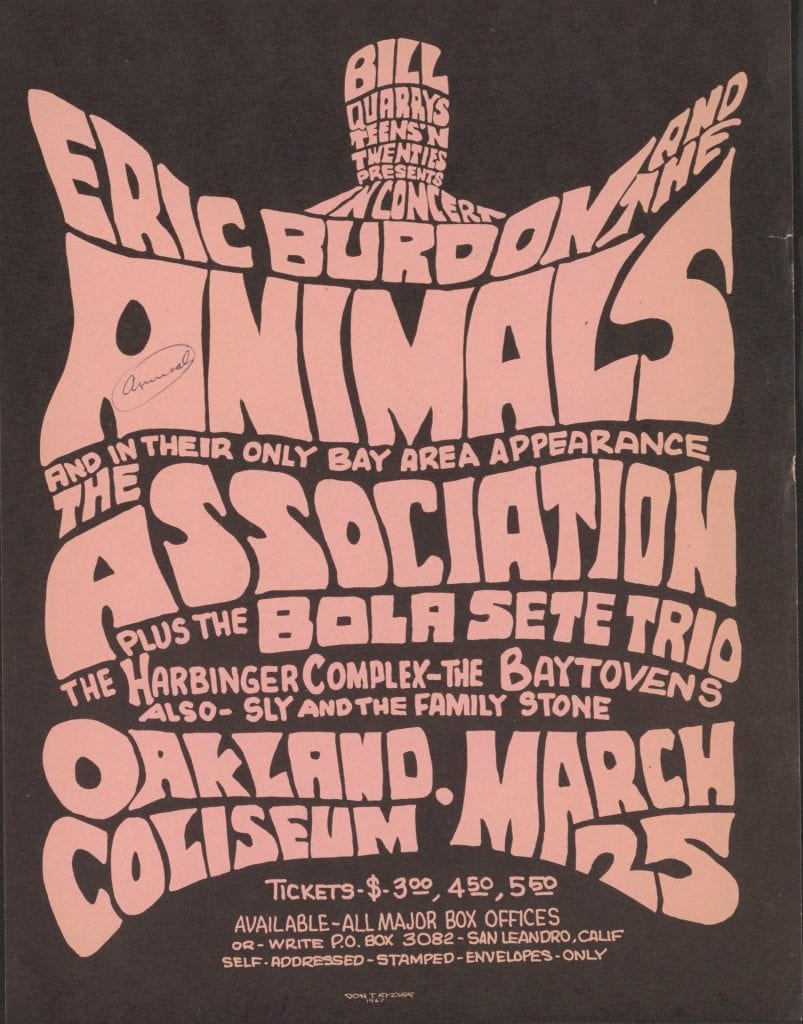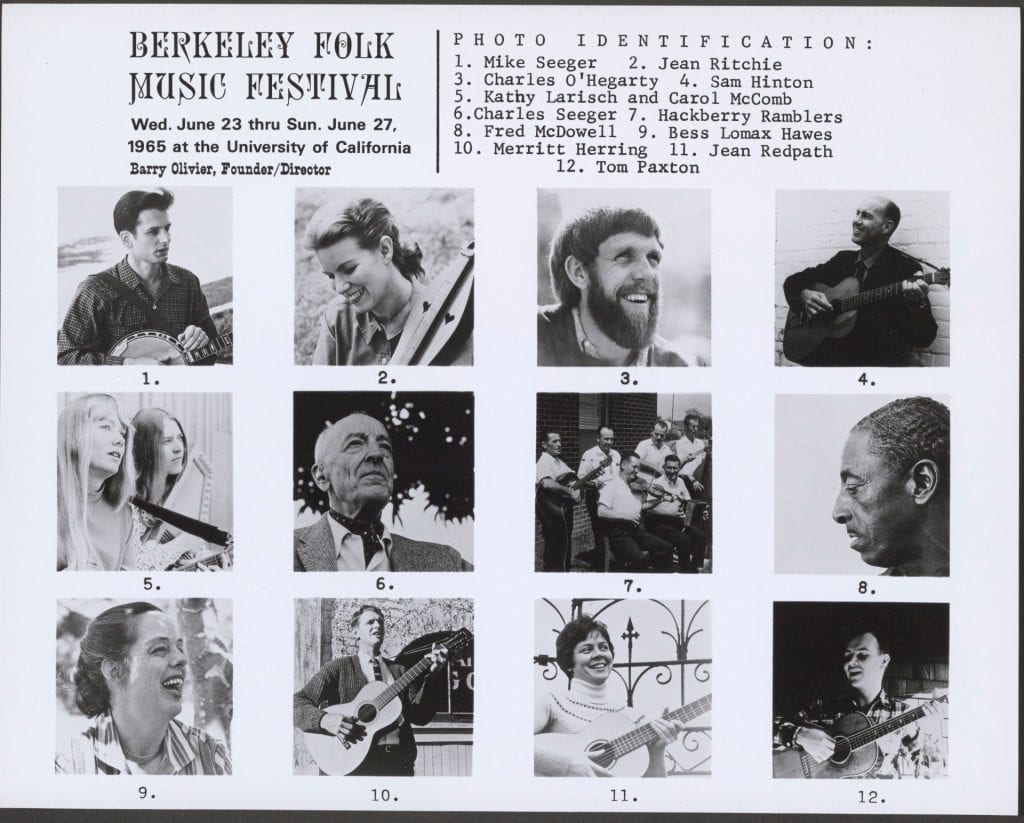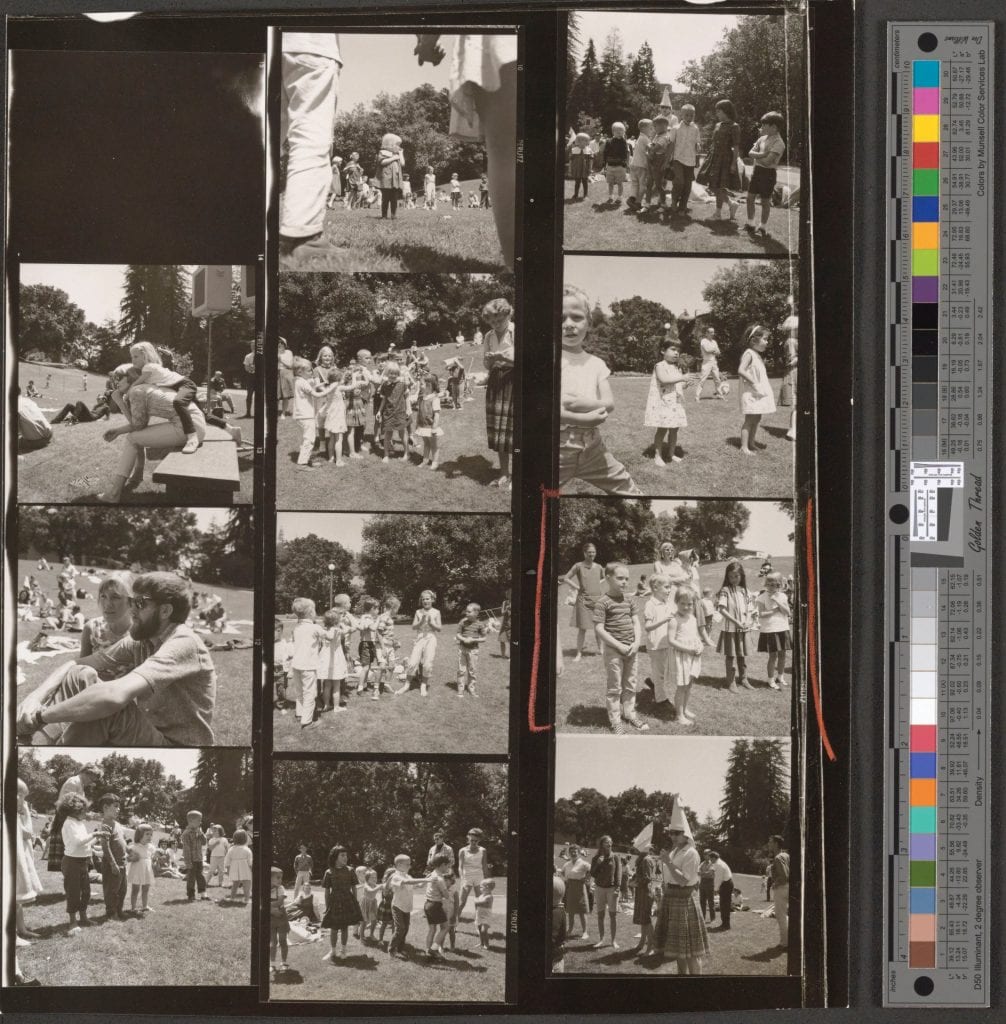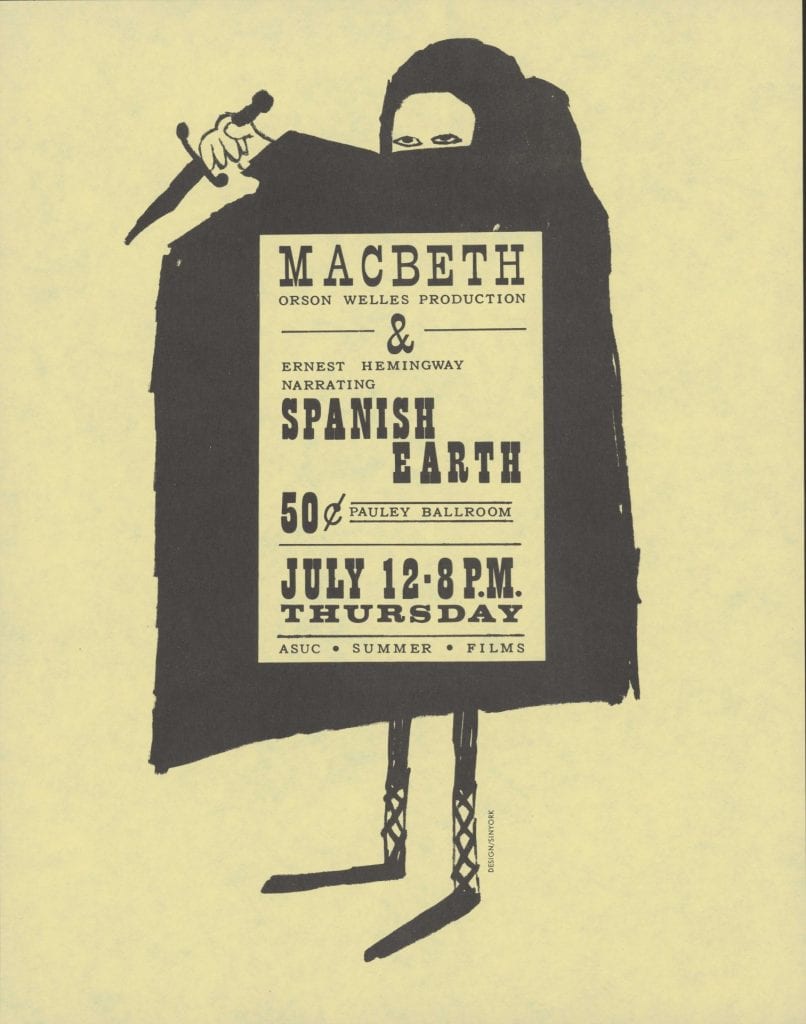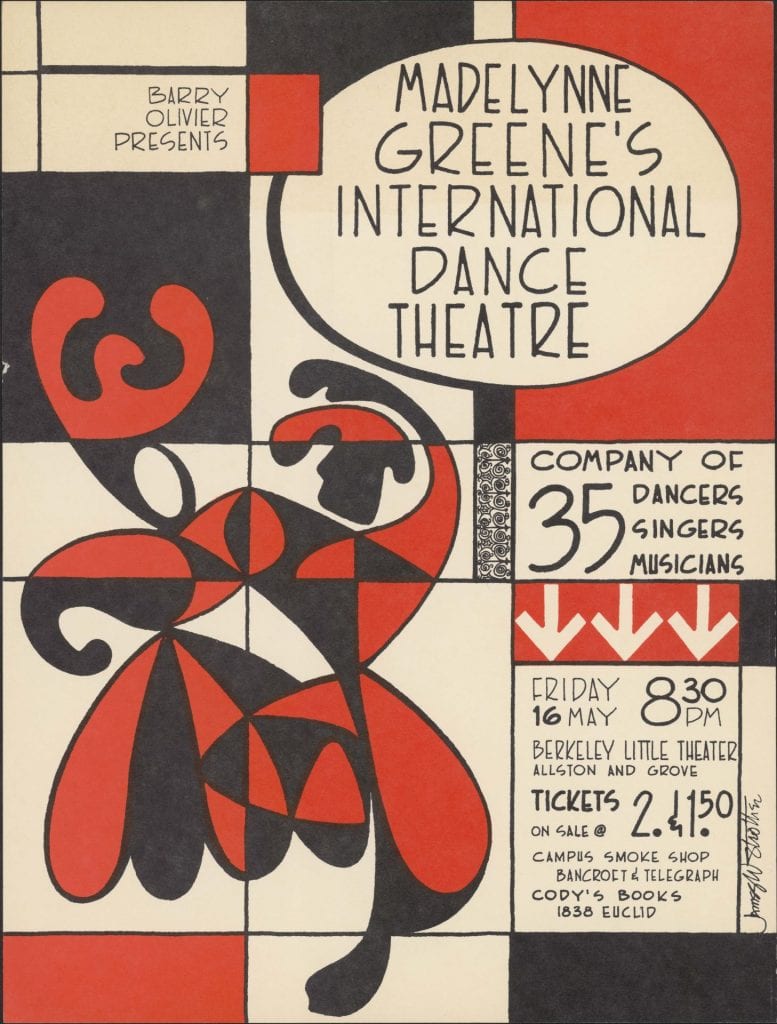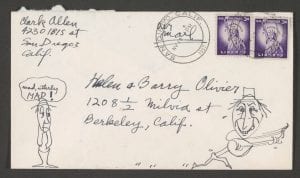In the wood-paneled grandeur of the Joseph Spear Beck Angling Room, graduate student worker Joyy Norris ’18 MFA removed a slightly wrinkled piece of paper from a folder and passed it gingerly to conservator Tonia Grafakos.
“A small tear in the upper left corner,” Norris announced, and Grafakos drew the paper in closer for inspection.
A group of library specialists, including McCormick Library curator Scott Krafft, sat in silence as Grafakos, the Marie A. Quinlan Director of Preservation, held her gaze on the tear for five seconds. Then 10. Then 15.
“The tension is mounting,” Krafft joked at last, and the attendees laughed.
Unruffled, Grafakos pronounced her judgment: “OK, we’ll fix it.”
Not every torn paper in the library warrants such intense consideration. But this August gathering in the Beck Room was dedicated to the single biggest digitization project ever undertaken by Northwestern Libraries—the archives of the Berkeley Folk Music Festival—and the key team members were taking nothing for granted. After all, this was a legendary segment of American cultural history.
Last year the Libraries received a $297,000 grant from the National Endowment for the Humanities to digitize the festival archive, acquired by the Charles Deering McCormick Library of Special Collections in 1974. The NEH’s Humanities Collections and Reference Resources implementation grant will allow this hallmark festival’s files to be fully searchable online, making it possible for scholars across the humanities—regardless of their proximity to Evanston—to explore aspects of race, class, gender, and politics as expressed in festival performances.
The festival ran from 1957 to 1970 in Berkeley, California, an epicenter of the mid-20th century’s folk music revival. The archive comprises more than 70,000 items, including photographs, posters, recordings, and copious business records centered on a festival that hosted more than 200 folk musicians, including Joan Baez, Pete Seeger, and Howlin’ Wolf. (Those business records provide a thorough look at the operations of a major festival, down to a receipt for three doughnuts. Total: 50 cents.)
With that kind of size and scope, the festival project requires dozens of team members from across the Libraries. “It isn’t enough to simply run every document through a scanner,” said Nicole Finzer, digital curation librarian and project manager. “There are steps well before and after that we have to address. It’s an enormous process.”
It begins with team members like Norris examining folder after folder of items, tracking them in spreadsheets and identifying those that need special handling before scanning. Then Grafakos can begin to determine what needs repair. As a relatively modern collection, the festival archive was already in what Grafakos considers good condition; even so, everyday imperfections like brittle paper, tears, folds, and even yellowed, decaying tape can complicate the digitization process.
“Every item needs to be assessed so we can get the best image,” said Finzer. “What warrants further treatment? What special considerations govern our handling of this item or that?”
Many posters in the archive, for example, were folded or rolled and had to be humidified and flattened before being scanned. The pages of some letters, with their accompanying envelopes, had once been helpfully stapled together, but the staples obscured material that needed to be scanned. Conservators had to remove staples and repair precarious tears to make the papers safe for handling.
“It’s always a discussion about how far we’re going to go,” said Grafakos. “Not everything needs to be repaired. If items can be safely digitized, we may not need to get involved.”
A project of this size requires outsourcing a large volume of materials to a third-party vendor for scanning. But some large and hard-to-ship materials were still digitized in the Libraries’ Repository and Digital Curation department, using leading-edge scanners designed for preserving the world’s cultural heritage. With colors calibrated to Library of Congress standards, these scanners provide high-resolution files so accurate that the digital version can be considered a surrogate for the physical object.
All documents must be scanned on the front (“recto”) and the back (“verso”), effectively doubling the number of scans to be performed. Preserving both sides means that a scholar studying a photo of a particular performance, for example, can flip it over to see if festival management stamped a date or wrote notes on the reverse.
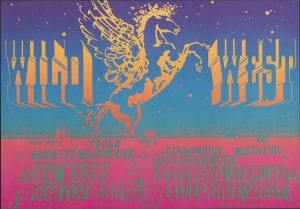 For scholars around the world, of course, these digital files are easier to review without fear of damage to the originals. But high-resolution images are useless if they lack context or can’t be easily found, which is where traditional librarianship comes in. The NEH grant provided for the hiring of two metadata specialists to research, identify, and describe each digital object. Metadata is what allows a scholar to conduct a faceted search for information about, say, Dr. Humbead’s New Tranquility String Band and Medicine Show (a bluegrass ensemble at the festival), or to dig deeper to discover related documents, subjects, formats, and artists. (Faceted searches help users filter through extensive results by applying specific criteria, something possible only through metadata.)
For scholars around the world, of course, these digital files are easier to review without fear of damage to the originals. But high-resolution images are useless if they lack context or can’t be easily found, which is where traditional librarianship comes in. The NEH grant provided for the hiring of two metadata specialists to research, identify, and describe each digital object. Metadata is what allows a scholar to conduct a faceted search for information about, say, Dr. Humbead’s New Tranquility String Band and Medicine Show (a bluegrass ensemble at the festival), or to dig deeper to discover related documents, subjects, formats, and artists. (Faceted searches help users filter through extensive results by applying specific criteria, something possible only through metadata.)
Digitization of all materials will be complete by early 2019, followed by another year of metadata work and the final “ingestion”—a vivid information-science term for the software process that ensures the public can find and view these items for years to come. In this case that ends with uploading the archive to the Libraries’ media repository for long-term storage. The grant also provides for a digital exhibition showcasing the collection once the work is concluded.
“This is the biggest digitization project we’ve ever undertaken,” said Finzer. “But we know the value to the research community is going to be just as big.”

